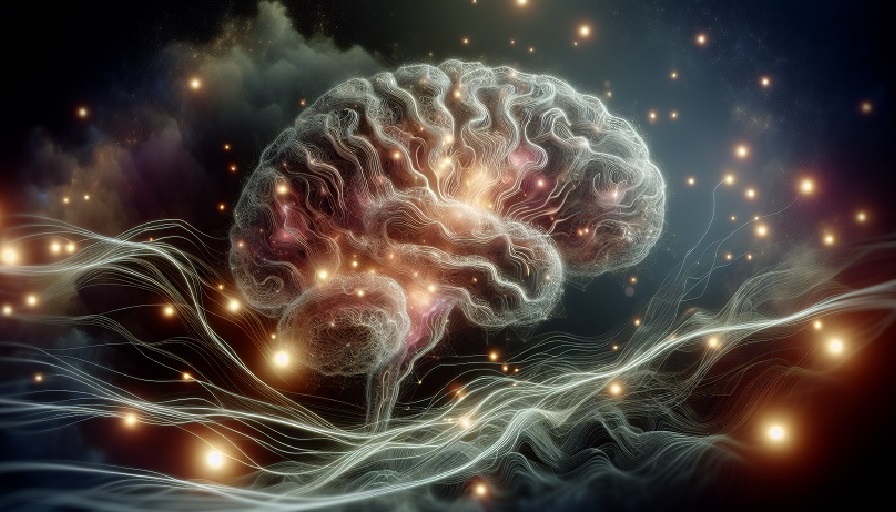
Yes, taking a different route home can stimulate neuroplasticity by introducing novelty and forcing the brain to engage in active navigation. Small changes in routine challenge established neural pathways, prompting the brain to form new connections and strengthening adaptability.
Contents
What Is Neuroplasticity?
Neuroplasticity is the brain’s ability to reorganize itself by forming new neural pathways. It underlies learning, memory, and adaptation. The more often we challenge our brains with new experiences, the more flexible and resilient those neural circuits become.
Why Routines Limit Brain Engagement
When we repeat the same route every day, the brain relies on established pathways, requiring little conscious effort. This efficiency conserves energy but limits stimulation. Over time, rigid routines reduce opportunities for the brain to adapt and grow.
How Novel Routes Stimulate the Brain
Changing routes – even in familiar neighborhoods – activates areas of the brain tied to navigation and spatial memory:
- Hippocampus: Involved in spatial mapping and memory formation.
- Prefrontal cortex: Supports planning, problem-solving, and decision-making.
- Parietal cortex: Processes spatial awareness and orientation.
These regions light up when you face new directions, landmarks, and obstacles, encouraging fresh neural activity.
Scientific Evidence
- Studies of London taxi drivers show enlarged hippocampi due to constant navigation and route memorization.
- Research in spatial learning demonstrates that exposure to novel environments enhances synaptic plasticity in the hippocampus.
- Experiments on enriched environments in animals confirm that varied stimulation strengthens neural networks more than repetitive settings.
Benefits of Taking a Different Route
- Strengthens memory: New paths engage spatial recall and attention to detail.
- Boosts adaptability: Encountering unexpected detours trains the brain to problem-solve flexibly.
- Reduces stress: Novelty and curiosity activate dopamine pathways, improving mood.
- Supports healthy aging: Keeping navigation skills sharp helps protect against age-related hippocampal decline.
Examples of Everyday Neuroplasticity Training
- Take a different route to work, school, or home at least once a week.
- Walk through unfamiliar neighborhoods or parks.
- Switch to walking, cycling, or public transit occasionally to force new navigation strategies.
- Challenge yourself to recall landmarks without using GPS.
Limitations
- Small changes in routine stimulate the brain, but effects are modest compared to learning entirely new skills.
- Navigation challenges are most beneficial when they require active problem-solving rather than passive following of directions.
- For neuroplasticity to truly flourish, novelty must be consistent and combined with other stimulating activities.
Who Benefits Most?
- Older adults: Helps maintain hippocampal health and prevent cognitive decline.
- Students and professionals: Boosts adaptability and creative problem-solving.
- Anyone in a routine-heavy lifestyle: Provides a simple, accessible way to introduce novelty into daily life.
Evidence-Based Complements
- Learning new languages: Expands neural connections across multiple brain regions.
- Physical exercise: Enhances neurogenesis in the hippocampus.
- Mind games: Puzzles, chess, or memory games reinforce mental flexibility.
- Travel and cultural experiences: Immersion in new environments offers intense neuroplasticity stimulation.
The Bottom Line
Taking a different route home stimulates neuroplasticity by engaging navigation networks and introducing novelty into daily life. While the effects may be subtle, repeated exposure to small challenges accumulates into greater cognitive flexibility over time. This simple habit is an easy way to keep the brain sharp and adaptable.

